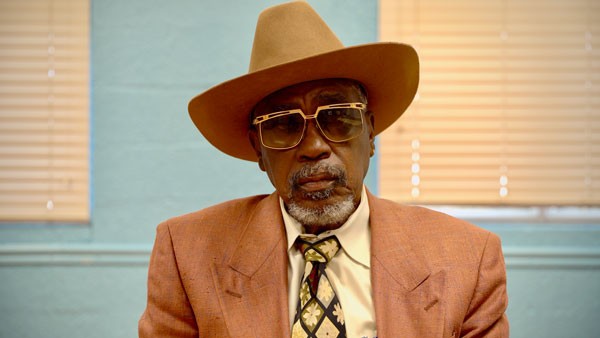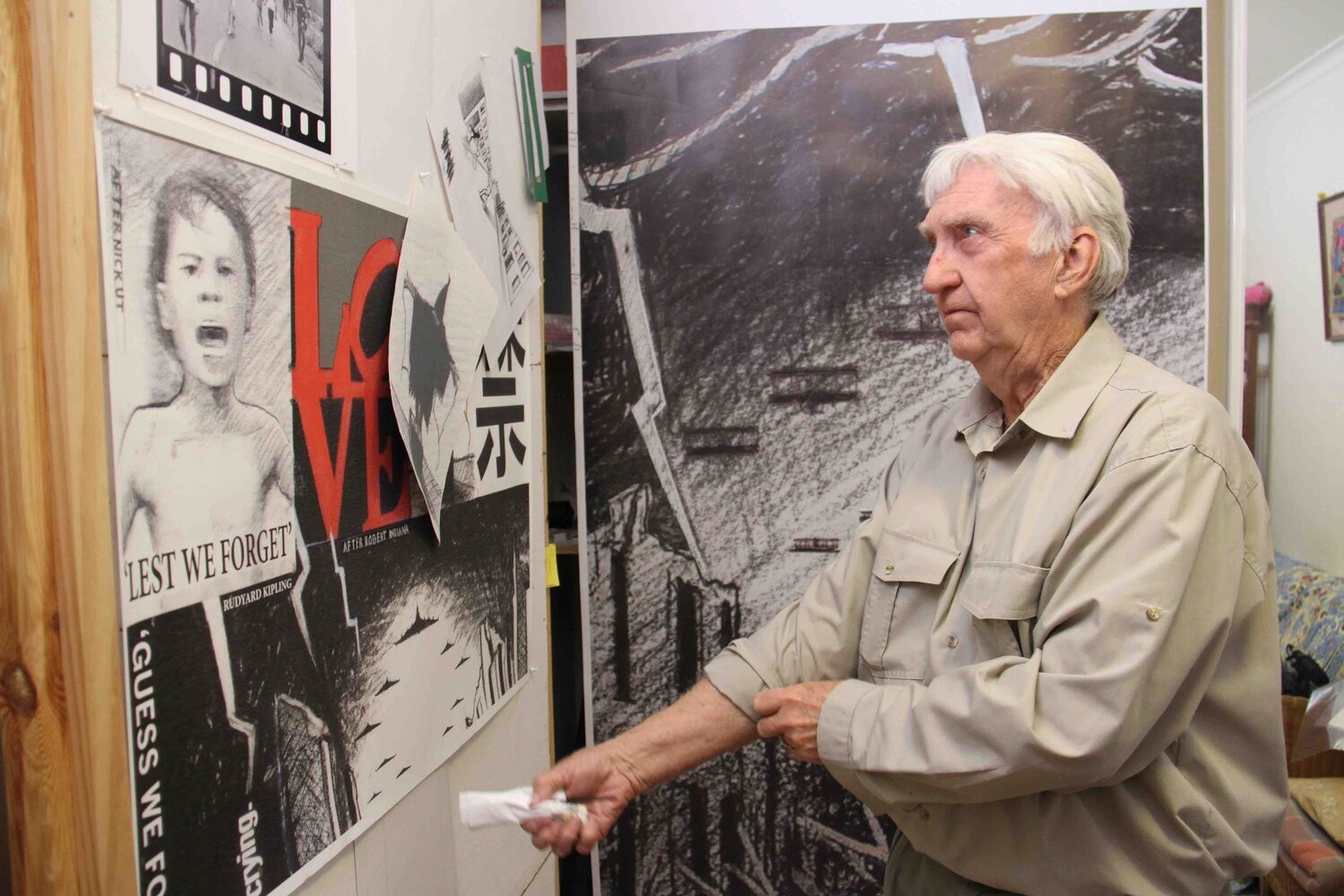Global Peace Film Festival 2020
The 18th annual Orlando Film Festival is scheduled for September 24 – October 4 in Orlando, Florida. It will be almost entirely virtual this year. The following two film reviews are part of a larger article that appeared on September 16, 2020, in The Orlando Weekly.
Swing State Florida (3 stars on 0-5 scale)
We’ve heard the phrase “quid pro quo” a lot recently in the world of politics. But it isn’t necessarily bad. In fact, in the context of a political campaign, it can simply mean that a candidate vows to keep a promise to fight for a better life for citizens in exchange for their votes.
Nowhere is that promise more important than the Sunshine State, which just might decide the 2020 presidential contest. Yet the Floridians living in the three communities profiled in Swing State Florida feel forgotten. Most disaffected are the migrant farm workers of Immokalee, whose daily deportation fears are palpable. But the residents of the historically Black community of Liberty City, in Miami, are equally disappointed in their government, as are the citizens of the Hurricane Michael-ravaged Panhandle.
Though director Samuel George’s documentary is a bit rough around the edges and only touches on the political and social issues at the film’s core, it rarely fails to inform and inspire. And in our current media-crazy cacophony, the doc satisfyingly lowers the volume to a quiet, cinema-vérité level, allowing an honest examination of the lives of real people. It’s important viewing for all Floridians.
Can Art Stop a Bullet: William Kelly’s Big Picture (3 stars)
The declaration that “art can stop a bullet” seems cliché. A cynic, or even a realist, might point out that, for art to succeed, it better be a sculpture capable of stopping a steel projectile traveling 1,800 miles an hour.
Thankfully, director Mark Street isn’t a cynic. And though his documentary, Can Art Stop a Bullet: William Kelly’s Big Picture, has a long title, it never overstays its welcome. It might be described as overly ambitious, thanks to its globe-trotting structure and almost two-dozen interviews of artists and activists. But partially because of that ambition, it offers an inspiring, stylish examination of how painting, drawing, photography and sculpture can salve the wounds of bullets and bombs. Further, it shows how, if shared with the right people, art can prevent those bullets being fired and bombs being dropped in the first place.
Despite its packed format, the film is, at its heart, the story of one man: American-Australian artist William Kelly. And that story is framed, both literally and figuratively, by his creation of a monumental peace-themed tapestry for the State Library of Victoria. Over the film’s 90 minutes, his work is slowly revealed, turning the collage into the movie’s MacGuffin. So while the interviews play out and the issues behind the images are discussed, the tapestry becomes the audience’s carrot (sans stick). In fact, if Kelly’s dreams come true, there will be no more sticks.
© 2020 Orlando Weekly / MeierMovies, LLC

